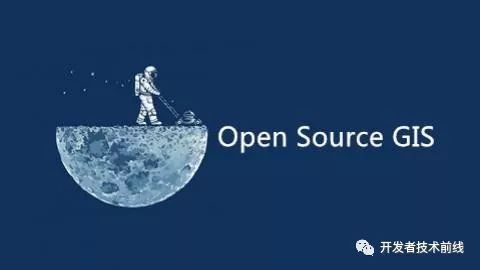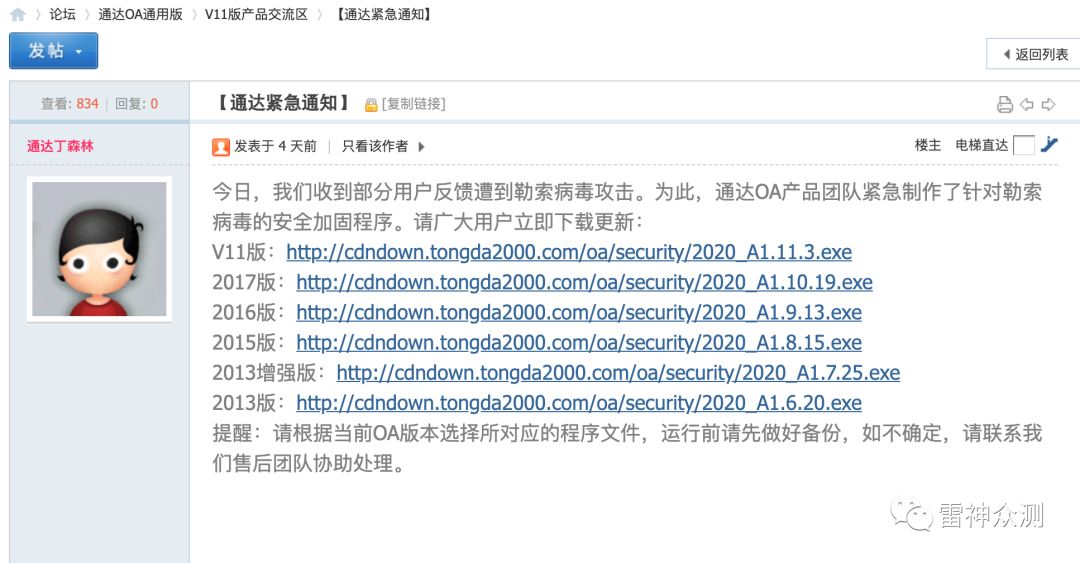I was thinking of trying to choose hyper parameters (like regularization for example) using cross validation or maybe train multiple initializations of a models and then choose the model with highest cross validation accuracy. Implementing k-fold or CV is simple but tedious/annoying (specially if I am trying to train different models in different CPU's, GPU's or even different computers etc). I would expect a library like TensorFlow to have something like this implemented for its user so that we don't have to code the same thing 100 times. Thus, does TensorFlow have a library or something that can help me do Cross Validation?
As an update, it seems one could use scikit learn or something else to do this. If this is the case, then if anyone can provide a simple example of NN training and cross validation with scikit learn it would be awesome! Not sure if this scales to multiple cpus, gpus, clusters etc though.
As already discussed, tensorflow doesn't provide its own way to cross-validate the model. The recommended way is to use KFold. It's a bit tedious, but doable. Here's a complete example of cross-validating MNIST model with tensorflow and KFold:
from sklearn.model_selection import KFold
import tensorflow as tf
from tensorflow.examples.tutorials.mnist import input_data
# Parameters
learning_rate = 0.01
batch_size = 500
# TF graph
x = tf.placeholder(tf.float32, [None, 784])
y = tf.placeholder(tf.float32, [None, 10])
W = tf.Variable(tf.zeros([784, 10]))
b = tf.Variable(tf.zeros([10]))
pred = tf.nn.softmax(tf.matmul(x, W) + b)
cost = tf.reduce_mean(-tf.reduce_sum(y*tf.log(pred), reduction_indices=1))
optimizer = tf.train.GradientDescentOptimizer(learning_rate).minimize(cost)
correct_prediction = tf.equal(tf.argmax(pred, 1), tf.argmax(y, 1))
accuracy = tf.reduce_mean(tf.cast(correct_prediction, tf.float32))
init = tf.global_variables_initializer()
mnist = input_data.read_data_sets("data/mnist-tf", one_hot=True)
train_x_all = mnist.train.images
train_y_all = mnist.train.labels
test_x = mnist.test.images
test_y = mnist.test.labels
def run_train(session, train_x, train_y):
print "\nStart training"
session.run(init)
for epoch in range(10):
total_batch = int(train_x.shape[0] / batch_size)
for i in range(total_batch):
batch_x = train_x[i*batch_size:(i+1)*batch_size]
batch_y = train_y[i*batch_size:(i+1)*batch_size]
_, c = session.run([optimizer, cost], feed_dict={x: batch_x, y: batch_y})
if i % 50 == 0:
print "Epoch #%d step=%d cost=%f" % (epoch, i, c)
def cross_validate(session, split_size=5):
results = []
kf = KFold(n_splits=split_size)
for train_idx, val_idx in kf.split(train_x_all, train_y_all):
train_x = train_x_all[train_idx]
train_y = train_y_all[train_idx]
val_x = train_x_all[val_idx]
val_y = train_y_all[val_idx]
run_train(session, train_x, train_y)
results.append(session.run(accuracy, feed_dict={x: val_x, y: val_y}))
return results
with tf.Session() as session:
result = cross_validate(session)
print "Cross-validation result: %s" % result
print "Test accuracy: %f" % session.run(accuracy, feed_dict={x: test_x, y: test_y})
As the dataset gets larger cross validation gets more expensive.In deep learning we usually use large data sets.You should be fine with simple training. Tensorflow doesnt have a built in mechanism for cv as it is not usually used in neural networks.In neural networks, the efficiency of the network relies mainly on the data set, number of epochs and the learning rate.
I have used cv in sklearn
You can check the link:
https://github.com/hackmaster0110/Udacity-Data-Analyst-Nano-Degree-Projects/
In that,go to poi_id.py in Identify fraud from enron data(In Project folder)
Another option you would have with sklearn is:
sklearn.model_selection.train_test_split(*arrays, **options)
Example of usage:
X_train, X_test, y_train, y_test = train_test_split(X, y, test_size=0.33, random_state=42)
Splitting arrays or Matrices X and y into random train and test subsets of size 42.




